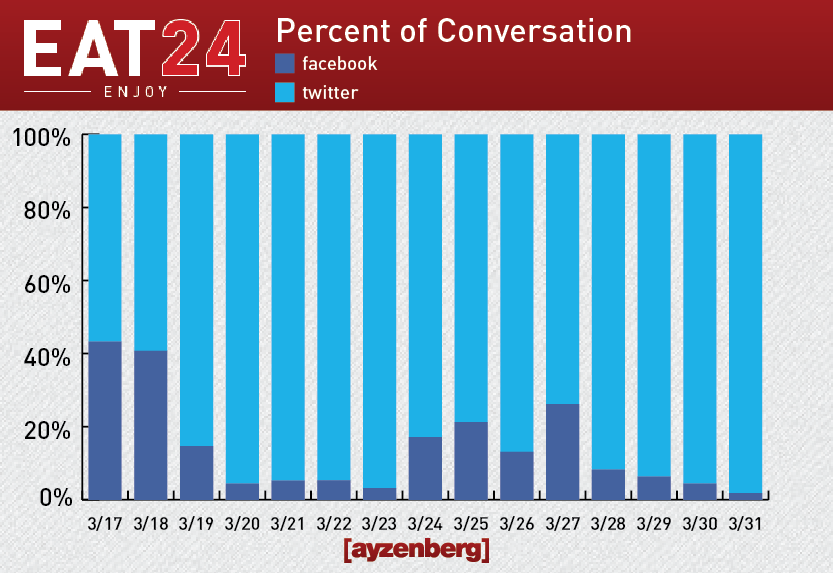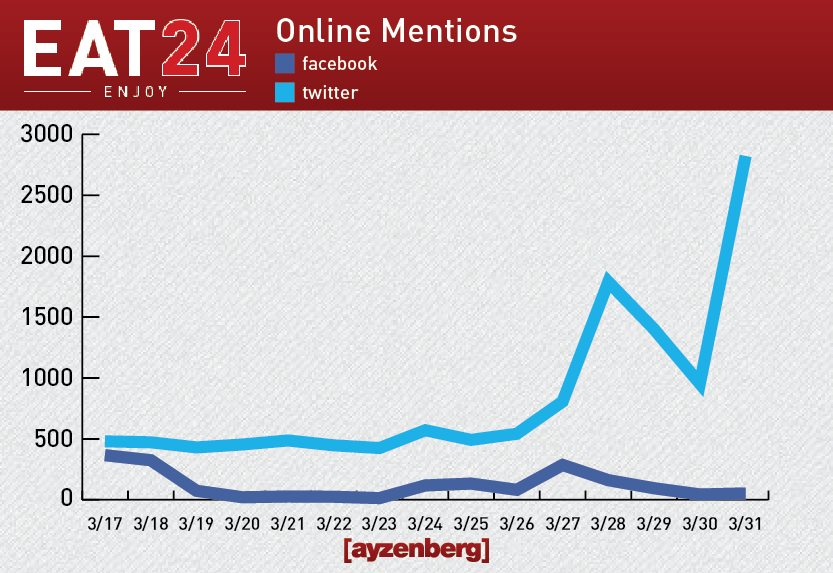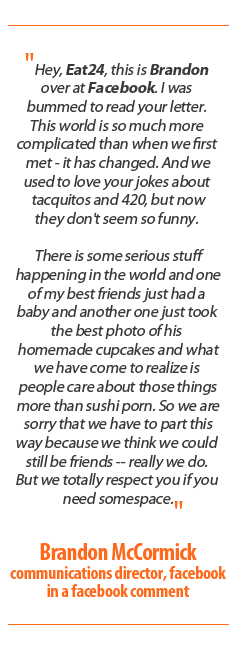NFL Players Inc. (NFLPI), the marketing arm of the NFLPA, is serious about video games. Once just an afterthought to the business world, or at least second fiddle to the NFL when it comes to the lucrative Madden deal with Electronic Arts; the NFL players are more vocal about gaming this year. Representatives from the NFLPI made the trek to San Francisco for the Game Developers Conference to announce a new contest that will reward the winning mobile game with a free NFLPI license and $10,000 in social media marketing and player endorsement. The NFLPI Mobile Madness Challenge runs through April 20 and is open to anyone from garage developers to large publishers.
“As we grow our licensing business we’re looking to affiliate ourselves and align ourselves with great mobile game developers,” said Ricky Medina, Senior Manager of Business Development at NFL Players Inc. “Clearly our business has done very well on console and working alongside of the Madden product for a number of years, but we’re looking to expand our business into the mobile gaming space.”
By opening its license to anyone, this sets up the perfect wild card scenario, giving a small developer the opportunity to go up against giants like EA in the competitive mobile gaming space. Three finalists will be chosen to pitch their concept to NFLPI’s executive team in the Big Apple. The winner will be granted a license issued by NFLPI for the 2014-15 NFL season, which would include various rights to NFLPI trademarks, as well as names, likenesses, uniform numbers, photographs, voices, replica signatures, and biographical information of active players. All the stuff EA paid huge licensing fees for as part of the Madden franchise.
NFLPI also will award $10,000 in credit toward marketing the game via Activate, the group’s social media endorsement platform that allows active NFL players to promote the licensed product directly to their followers. Given the Twitter followings of star players and the power of social media, this will make it easier for the new game to score with NFL fans. So just what kind of games are NFL players looking for
“I would like to see any games that can use NFL players in the most creative way and not necessarily have the game be about football,” said Shane Vereen, running back for the New England Patriots. “I’m interested in seeing football players in games that have nothing to do with football, to see how creative things can get.”
Other leagues like the NBA have been creative in the mobile space, releasing games like NBA Rush that pits NBA players against invading aliens in an “endless runner” format. And everyone remembers console classics like NFL Blitz, which added an arcade slant to the football format.
“Our fans have been playing Madden for a number of years and this is going to give them a little bit of a change of pace,”said Medina. “It’s going to give them a different way to connect with NFL players. When we think as fans and players interact through their social media platforms, there is an affinity for these folks to be playing different variations of games that might not be football-centered, but still allows you to align yourself with your favorite players.”
The field is wide open for new ideas. In fact, it’s likely those developers who think outside the gridiron that will have the best chance of impressing the committee. Competition entries will be judged on entertainment value, visual design, technology, controls, originality, and ability to effectively market the game, among other factors. Participants can download the submission form at nflplayers.com/thechallenge and all materials should be e-mailed to thechallenge@nflplayers.com.
“The Mobile Madness Challenge as a way to incentivize and create some friendly competition within the game developers’ community to really bring great ideas of NFL players within mobile gaming environments with an untraditional type of fit,” said Medina.
Vereen, who serves as an NFLPI brand ambassador, is — like most NFL players these days — a big gamer. “I grew up playing games and never stopped,” said Vereen. “I would say that my top three games right now are Call of Duty, FIFA and Madden. I play them probably every day. I try to get better and have fun with it.”
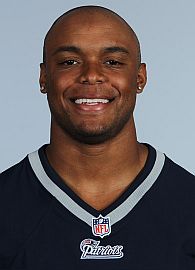
Shane Vereen
Vereen made his first visit to GDC and participated in a panel at Moscone Center that announced the contest to attending developers. “GDC is awesome,” said Vereen. “Being a gamer myself, I’ve really felt at home at this event. It’s really cool to see the behind-the-scenes of how games are made, the production side of it and how games are sold.”
One of the big trends at GDC 2014 was virtual reality — something that’s taken on a life of its own after Facebook forked over $2 billion for Oculus VR. Companies like Sulon Technology, Seebright and Oculus VR are developing VR for mobile devices. “I think VR is awesome,” said Vereen, who was able to get hands-on with the technology. “I loved it. I hope it catches on because there’s literally nothing like it. I’ve never tried anything quite like that.”
Virtual reality opens up new opportunities for mobile games, including football. “I think it could make football games much more realistic than ever before,” said Vereen. “You’re not going to feel the hit, thank God, but you will be able to see things from a player’s perspective, what we see.”
Madden NFL 25, which is available across mobile devices, opens up football to fans on the go. Vereen said it’s cool to see himself in the Madden games. “It’s interesting, but I just take it with a grain of salt and just play the game to hopefully win.”
Speaking of winning, Vereen offers some advice for those who pick his Patriots on the virtual gridiron. “Give me the ball as much as possible if you want to win,” said Vereen, laughing. “No, I’m kidding, but honestly spread the ball around, use our weapons. New England has a lot of weapons, so use them wisely.”
Vereen is already looking forward to the new Madden game, especially when it comes to the in-game player ratings. “Before the season (last year) I wasn’t too happy, but by the end of the season I was much more pleased with my ratings,” said Vereen. “Throughout the season I was able to get them up. Hopefully, next year I’ll be able to do the same.”
Given the speed at which mobile games can be made, the new NFLPI game will be available for fans to play during the upcoming season of football — giving Madden some virtual competition. And this first attempt at new games could be just the beginning for the biggest names in the NFL to control their own video game destiny.
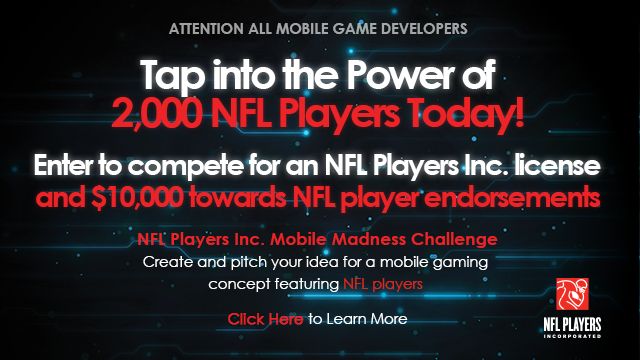
 Shane Vereen
Shane Vereen

